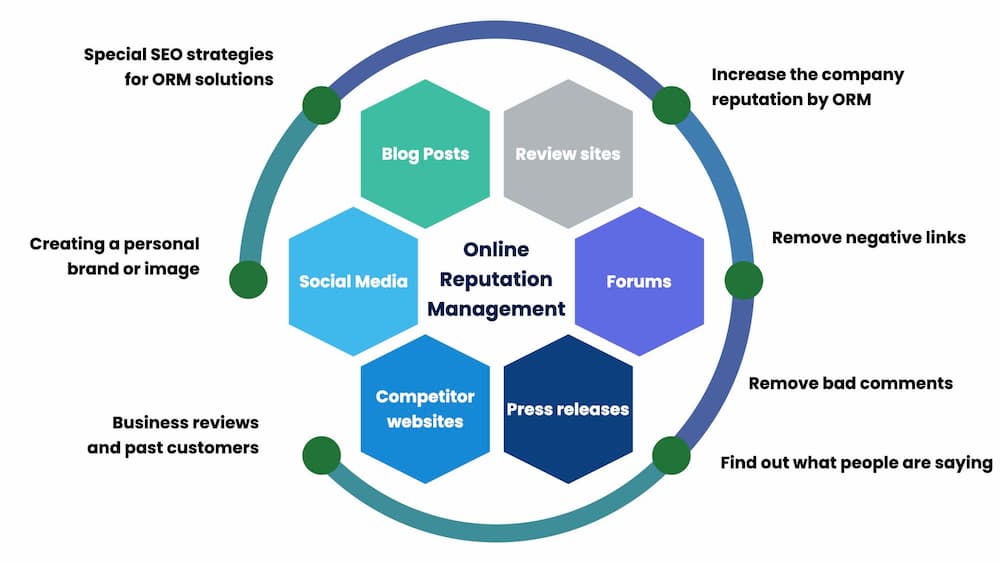Breaking Limits: Non-default Mediums in Google Analytics Redefining SEO
Wiki Article
Introducing the Unconventional Mediums in Google Analytics Beyond Default Setups
In the realm of digital analytics, Google Analytics stands as a foundation for services seeking to comprehend their online presence. By venturing past the surface area and delving into the intricacies of social media information, e-mail campaign performance, referral website traffic resources, straight traffic patterns, and customized channel groups, a prize trove of information waits for those eager to accept a more nuanced approach.
Leveraging Social Network Insights
Occasionally ignored, yet tremendously useful, is the practice of leveraging social networks insights within the world of Google Analytics. By integrating information from systems like Facebook, Twitter, Instagram, and LinkedIn into Google Analytics, organizations can acquire a much deeper understanding of their target market and the effectiveness of their social networks projects.Through this combination, marketers can assess and track user habits on their internet site that originates from social networks systems. They can recognize which social media channels are driving the most traffic, which web content is reverberating with the audience, and which campaigns are converting the most leads. This insight enables data-driven choices to maximize social media strategies and boost general marketing performance.
Moreover, by incorporating social media sites understandings with Google Analytics, businesses can create more targeted and customized campaigns - what is not considered a default medium in google analytics. They can utilize market info, rate of interests, and on the internet habits collected from social networks to fine-tune their audience segmentation and supply customized messages that reverberate with specific customer groups. This targeted strategy can lead to higher engagement, increased conversions, and ultimately, improved return on investment
Revealing Email Project Efficiency
Discovering Email Campaign Performance involves assessing vital metrics and efficiency indications to examine the efficiency of email marketing efforts. When diving into email project efficiency, it is vital to examine metrics such as open rates, click-through rates, conversion prices, and unsubscribe rates. Open prices suggest the percentage of receivers that opened the e-mail, supplying insight right into the efficiency of subject lines and sender names. Click-through rates gauge the portion of recipients that clicked on links within the e-mail, showing involvement degrees. Conversion rates track the percent of recipients that completed a desired activity after clicking on a web link in the email, such as purchasing or signing up for an e-newsletter. Finally, unsubscribe rates highlight the variety of recipients that pulled out of obtaining further e-mails, dropping light on e-mail content top quality and significance. By examining these metrics, online marketers can adjust their email advocate better interaction and efficiency.Analyzing Recommendation Website Traffic Resources
After evaluating the performance of email campaigns with vital metrics such as open rates and conversion prices, the following crucial step is evaluating recommendation web traffic resources in Google Analytics to recognize where site visitors are coming from and exactly how they engage with the website. Reference website traffic resources describe the internet sites that route customers to your website via clickable web links. By diving right into this information, services can obtain understandings right into which outside systems are driving web traffic to their site, whether it be social networks platforms, partner websites, or online directory sites.It helps organizations determine high-performing reference sources that add considerably to internet site traffic and conversions. Google Analytics supplies comprehensive records on referral web traffic, permitting companies to track the efficiency of each referral source properly and make data-driven decisions to improve their on-line presence.
Discovering Straight Traffic Patterns
Exploring the direct web traffic patterns in Google Analytics supplies beneficial insights into user habits and the efficiency of projects - what is not considered a default medium in google analytics. Straight website traffic describes site visitors that come down on a website by directly typing the URL into their browser, using bookmarks, or clicking on untagged links. Understanding direct traffic patterns can help marketing experts review the influence of offline advertising and marketing initiatives, brand name acknowledgment, and the efficiency of word-of-mouth recommendationsBy delving into direct website traffic information, organizations can check out here reveal critical details regarding individual intent and brand loyalty. Analyzing the actions of straight visitors, such as the pages they see, the moment invested on site, and the conversion rate, can give a much deeper understanding of individual engagement and the total performance of the web site in converting visitors right into clients.
Moreover, tracking straight web traffic patterns in time allows organizations to determine trends, seasonality results, and the success of certain campaigns or promotions in driving straight check outs. This information can after that be used to improve advertising techniques, maximize web site content, and boost the overall customer experience to make best use of conversions.
Using Custom Network Groupings
Utilizing find more info personalized channel groups in Google Analytics allows organizations to categorize and assess their site web traffic based on certain criteria, supplying valuable insights for maximizing marketing approaches. Customized network groups allow firms to create their very own customized collections of website traffic sources, such as social networks, natural search, e-mail campaigns, and recommendation website traffic. By defining these groupings, services can gain a deeper understanding of exactly how various marketing channels add to their internet site web traffic and conversions.This feature is especially valuable for businesses with diverse advertising and marketing techniques throughout different platforms. A business running both paid and organic social media projects can separate in between the 2 to assess their individual performance accurately. Additionally, customized channel collections can assist determine any type of neglected or undervalued website traffic resources that might be driving useful interaction.
Final Thought

By venturing beyond the surface area and delving right into the intricacies of social media data, e-mail campaign performance, reference traffic resources, straight traffic patterns, and custom-made network groupings, a treasure chest of information awaits those ready click for more info to embrace a much more nuanced technique. They can identify which social media channels are driving the most traffic, which material is reverberating with the audience, and which campaigns are converting the most leads.After reviewing the performance of email projects via key metrics such as open rates and conversion rates, the following critical step is evaluating recommendation website traffic resources in Google Analytics to understand where website site visitors are coming from and how they communicate with the site. Custom-made network groups make it possible for companies to create their own customized collections of web traffic resources, such as social media, natural search, email projects, and recommendation web traffic. By leveraging social media understandings, revealing e-mail project efficiency, examining reference website traffic resources, checking out straight web traffic patterns, and using custom-made channel collections, marketing professionals can get useful understandings into their online presence.
Report this wiki page